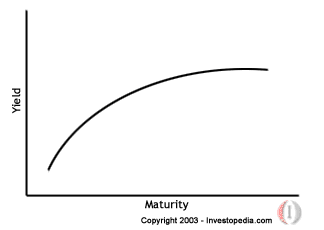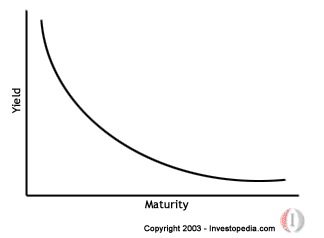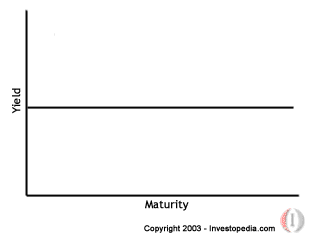CFA Level 1 - Fixed Income Investments
The U.S Federal Reserve (the Fed) has four tools it uses to directly influence short-term and, indirectly, long-term rate as well. They are:
1. Open Market Operations
The Fed buys Treasuries or adds funds to the system; this reduces short-term rates. The Fed also sells Treasuries or takes funds out of the system to increase short-term rates.
2. The Discount Rate
This is the rate at which banks can borrow on a collateralized basis at the Fed's discount window. If the Fed raises rates, they makes it more costly for the banks to do business, which drains cash from the system. If the Fed eases this rate, banks will find it cheaper to borrow additional funds, which will add cash to the system.
3. Bank Reserve Requirements
This is hardly used these days. If the Fed raises these requirements, money is kept out of the economy. If they lower the rate, additional money will hit the economy.
The Fed buys Treasuries or adds funds to the system; this reduces short-term rates. The Fed also sells Treasuries or takes funds out of the system to increase short-term rates.
2. The Discount Rate
This is the rate at which banks can borrow on a collateralized basis at the Fed's discount window. If the Fed raises rates, they makes it more costly for the banks to do business, which drains cash from the system. If the Fed eases this rate, banks will find it cheaper to borrow additional funds, which will add cash to the system.
3. Bank Reserve Requirements
This is hardly used these days. If the Fed raises these requirements, money is kept out of the economy. If they lower the rate, additional money will hit the economy.
4.Verbal persuasion to influence how bankers supply credit to businesses and consumers
This simple method requires no additional explanation.
What is a Yield Curve?
A yield curve represents the relationship between maturity and yields. As an example:
| 1 Month | 1.00% |
| 3 Month | 1.25% |
| 6 Month | 1.50% |
| 1 Year | 1.75% |
| 2 Year | 2.00% |
| 5 Year | 2.35% |
| 10 Year | 2.68% |
| 30 Year | 3.00% |
If you were to graph this data you would see the yield curve develop. This date is only good for one single point in time because rates are constantly moving. If you are searching for a point on the yield curve that does not have a maturity represented by an actual "on the run security", that point will only be an approximation.
Yield Curve Shapes
Yield Curves come in three shapes:
1. Upward or Normal Yield Curve
This curve occurs when short-term rates are lower than long-term rates, as noted in the above example.

2. Inverted Yield Curve
This curve is formed when short-term rates are higher than the longer part of the curve.

3.Flat Yield Curve
This curve occurs when there is little or no change between short-term andlong-term rates.
 |






0 comments:
Post a Comment